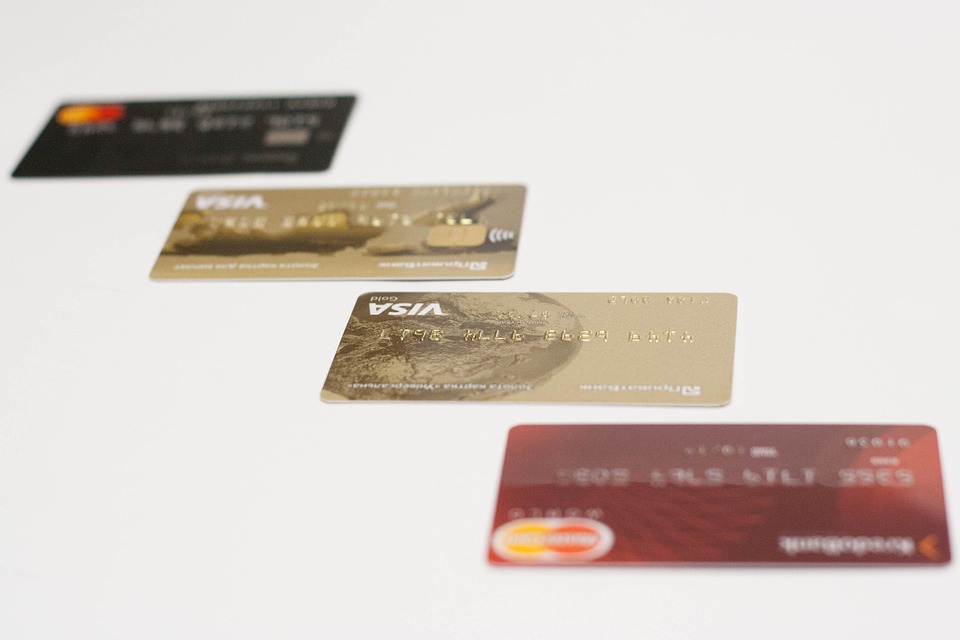Understanding Low Credit Loans: A Comprehensive Guide
In today’s financial landscape, many individuals find themselves facing challenges when it comes to securing loans due to low credit scores. Whether it’s due to past financial mistakes, unexpected life events, or simply a lack of credit history, low credit can significantly impact one’s ability to access funds. This comprehensive guide aims to shed light on low credit loans, helping borrowers understand their options and make informed decisions.
What Are Low Credit Loans?
Low credit loans are financial products specifically designed for individuals with poor or limited credit histories. These loans can come in various forms, including personal loans, payday loans, and secured loans. The primary goal of these loans is to provide access to funds for those who may not qualify for traditional financing options due to their credit scores.
Types of Low Credit Loans
1. **Personal Loans**: Some lenders offer personal loans to individuals with low credit scores. These loans may come with higher interest rates and less favorable terms, but they can provide the necessary funds for emergencies or significant purchases.
2. **Payday Loans**: These are short-term loans that typically have high-interest rates and are meant to be repaid by the borrower’s next payday. While they can provide quick cash, they often lead to a cycle of debt if not managed carefully.
3. **Secured Loans**: Secured loans require collateral, such as a car or savings account, which reduces the lender’s risk. Because of this, individuals with low credit scores may find it easier to qualify for secured loans, although they risk losing their collateral if they fail to repay.
4. **Credit Union Loans**: Some credit unions offer loans specifically for members with low credit scores. These loans may have more favorable terms compared to traditional lenders, making them a viable option for those in need.
Understanding Interest Rates and Terms
One of the most critical aspects of low credit loans is the interest rates and terms associated with them. Borrowers with low credit scores often face higher interest rates due to the increased risk perceived by lenders. It’s essential to carefully review the terms of any loan, including the total cost of borrowing, repayment schedule, and any fees associated with the loan.
How to Improve Your Chances of Approval
While low credit loans are designed for individuals with poor credit, there are steps borrowers can take to improve their chances of approval:
1. **Check Your Credit Report**: Before applying for a loan, review your credit report for any inaccuracies or errors. Disputing these errors can help improve your credit score.
2. **Consider a Co-Signer**: Having a co-signer with a better credit score can increase your chances of loan approval and may result in more favorable terms.
3. **Demonstrate Stable Income**: Lenders want to see that you have a reliable source of income. Providing proof of employment and income can strengthen your application.
4. **Limit Loan Applications**: Applying for multiple loans in a short period can negatively impact your credit score. Focus on one or two lenders that you believe are a good fit for your needs.
Risks and Considerations
While low credit loans can provide much-needed financial relief, they also come with risks. High-interest rates can lead to significant debt if borrowers are unable to repay on time. Additionally, some lenders may engage in predatory lending practices, targeting vulnerable individuals with unfavorable terms. It’s crucial to research lenders thoroughly and read reviews before committing to a loan.
Alternatives to Low Credit Loans
If you’re hesitant about taking out a low credit loan, consider exploring alternative options:
1. **Credit Counseling**: Seeking help from a credit counseling service can provide guidance on managing debt and improving your credit score.
2. **Peer-to-Peer Lending**: Platforms that connect borrowers with individual investors may offer more flexible terms than traditional lenders.
3. **Emergency Assistance Programs**: Some nonprofit organizations and government programs provide financial assistance for those in need, which can be a better option than high-interest loans.
Conclusion
Low credit loans can be a lifeline for individuals facing financial difficulties, but they come with their own set of challenges. By understanding the types of loans available, the associated risks, and how to improve your chances of approval, you can make informed decisions that align with your financial goals. Always consider alternatives and seek professional advice when necessary to ensure you are making the best choice for your financial future.




